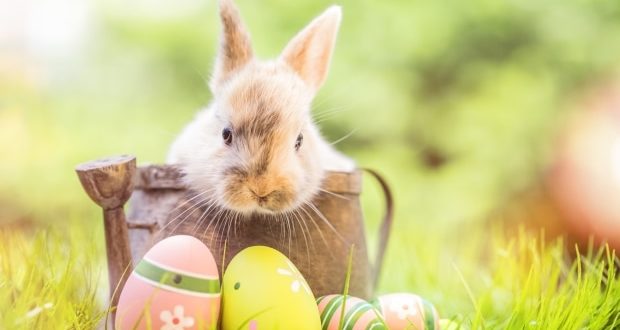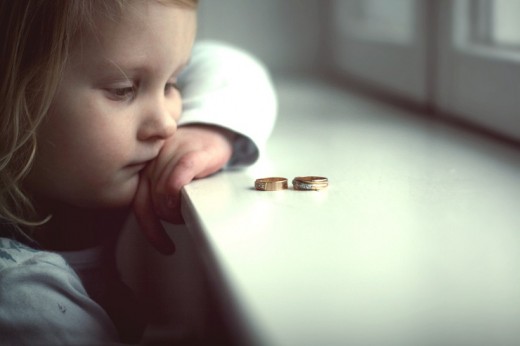The Pagan Origins Of Easter
The exact origin of Easter is still unknown. However, there are several stories surrounding the pagan origins of Easter. Some sources believe the word Easter is from the Teutonic goddess of fertility and spring, whose honor sacrifices were offered during Passover.
According to many historians, including biblical scholars, Easter was originally a pagan festival. Although there are also some disagreements over which pagan tradition the Easter festival emerged.
Some of the common viewpoints on the pagan origins of Easter are;
Rebirth in the Form of Resurrection
The most famous story about Easter is the story of crucifixion, resurrection, rebirth, renewal, and the return of the sun. The belief is that Easter’s story comes from 2100 BC when the legend of Damuzi (Tammuz) dies, and his wife Inanna (Ishtar), in despair, follows him to the underworld.
According to this myth, she was killed in the underworld after removing her worthy attire. After her death, she was hung on display. In her absence, the earth loses its fertility back home – the animals and crops couldn’t reproduce.
Three days after Inanna goes missing, her assistant goes to the gods for help. Finally, help is gotten from Enki, who creates two creatures carrying the plant of life and water to the underworld and sprinkles it on Inanna and Damuzi.
They return to earth as the light of the sun for six months. Six months after, Tammuz returns to the underworld of the dead for half a year, and Ishtar pursues him. The water god comes to the rescue again to resurrect both, leading to the cycle of water, death, spring, and life.
Dr. Tony Nugent, a teacher of Theology and Religious Studies at Seattle University and Presbyterian minister, draws parallels between the story of Jesus and the tale of Inanna. He claims an old and widespread pattern structured the story of Jesus’s crucifixion.
He further points out that the story of Inanna and Damuzi is similar to the other tales of dying and rising gods representing the cycle of the seasons and stars.
Some of the other gods include Mithras, who was worshipped in springtime. Also, the tale of Dionysus, whom his godmother resurrected.
One notable similarity among the different stories is the themes of renewal, fertility, conception, and the triumph of light over darkness, good over evil.
The Celebration of the Goddess of Spring
Another perspective of Easter is a celebration of Eostre, goddess of spring, also known as Ostara, Austra, and Easter. Ostara symbolizes the giver of light after a long dark winter.
She was also represented with a hare as a symbol of the beginning of spring and fertility. Jacob Grimm’s Deutsche mythology believes the idea of resurrection was deep-rooted within the celebration of Ostara, who brings light, joy, and blessings on the resurrection day of the Christian’s God.
The Origin of the Easter Bunny
The most widely practiced custom of the Easter Sunday celebration relates to the rabbit and the egg symbol. The rabbit, a symbol associated with Eostre, represents springtime’s start.
The egg also symbolizes renewal and fertility. The Germanic mythology claims Ostara healed a wounded bird in the woods, turning it into a hare.
In gratitude to the goddess, it lays eggs as gifts. According to the Encyclopedia Britannica, the egg symbolizes fertility and renewal of life. It dates back to the ancient Egyptians and Persians.
They also had the tradition of coloring and eating eggs during their spring festival. In ancient Egypt, the egg symbolizes the sun; on the other hand, the egg represents the hatching of Venus Ishtar for the Babylonians.
A Christain Viewpoint
For many Christians, the custom of giving eggs during Easter symbolizes a new life. Christians believe Jesus, after dying on the cross, rose from the dead, illustrating that life can win over death. Again for Christians, the eggs represent the resurrection of Jesus Christ.
Despite the ancient origins of the symbol of the eggs, many people believe nothing symbolizes renewal more perfectly than the egg – round, endless, and full of the hope of a new beginning or life. Many of the pagan customs associated with the celebration of spring were absorbed within the Christian faith as symbols of the resurrection of Jesus.
Whether observed as a religious holiday commemorating the resurrection of Jesus Christ or a time to enjoy the coming of the spring, the Easter celebration still represents the spirit of rebirth and renewal.
Everyone wants a little luck in their lives. Many rely on good luck before an extensive interview, event, competition, or everyday life.
If something doesn’t go the right way, many feel it’s down to not carrying out your good luck ritual. Click here to see if believing in good luck can make you luckier.






